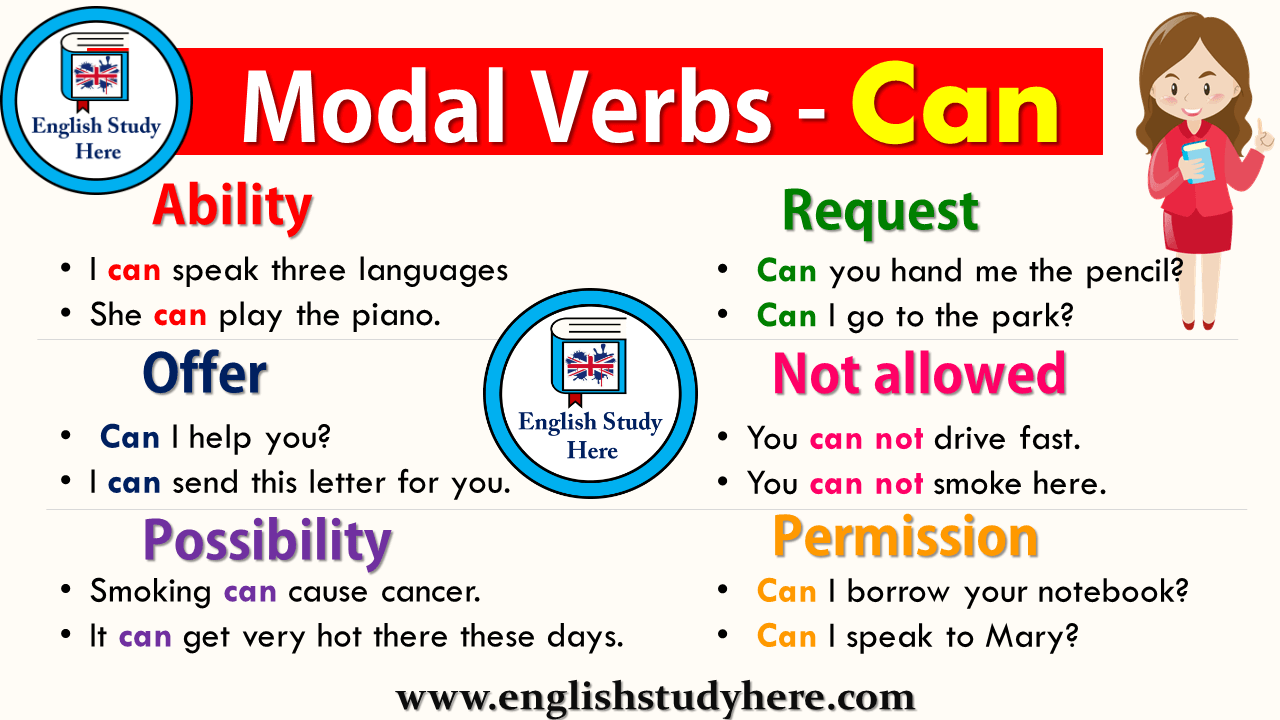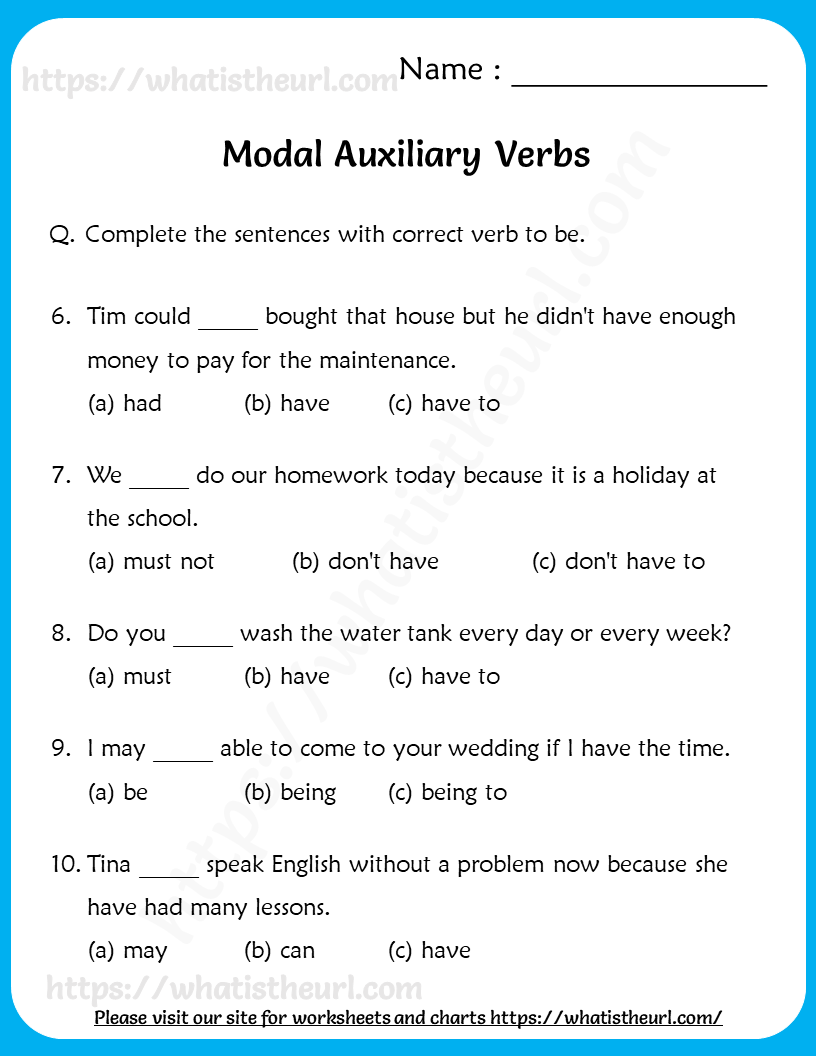
This resource is a Power Point presentation, and it contains information …ĭefinition of Modal Auxiliary Verbs,Types, Examples and Worksheet

WebUse these modal auxiliary lecture notes when teaching or reviewing the use of modal auxiliary verbs. Modal Auxiliary Verbs Worksheets - Your Home Teacher WebSearch results: MODAL AUXILIARY VERBS Order results: Most popular first Newest first 35 Certainty, possibility, deduction: can, could, may, might, must, will, should, ought to natursteine rodgau All PDF exercises and grammar rules from this website.Modal Auxiliary Verbs Worksheets.We make the passive voice with a verb + be + past participle: This can be done. All the other tenses must be formed in a different way.

The past tense of can is could, may and must, however, only Normally, these modal auxiliary verbs are not used in different tenses. It is used to express prohibition that involves the speaker's will. We use it to show the certainty of the speaker. It is personal, because it expresses the speaker's opinion or will. The opposite of may is must not or may not. The main difference between may and can is in style. It is used to express probability or prediction. May I smoke here? - No, you can't, I'm sorry.Ģ. It expresses the permission to do something. He has blond hair and he is wearing glasses.Ĥ. We use it to say that something is probable. It expresses the possibility to do something. Can is used to express the ability to do something.Ĭan he speak English fluently? - No, he can't.Ģ. We use modal auxiliary verbs can, may, must in the English language to express various meanings - ability, possiblity, probability, certainty, permission, prohibition, obligation, opinion, speculation, etc.ġ.



 0 kommentar(er)
0 kommentar(er)
